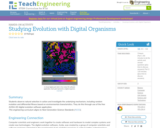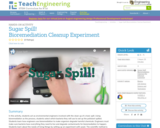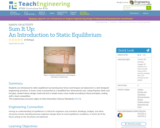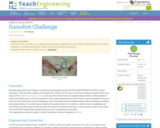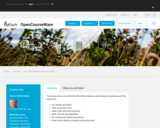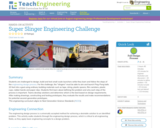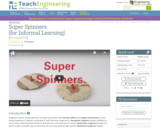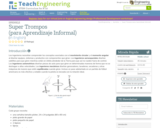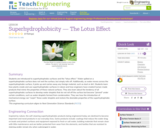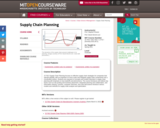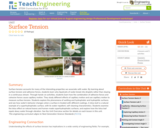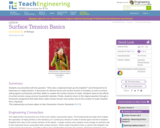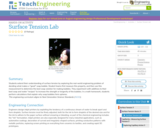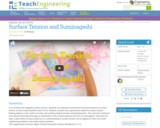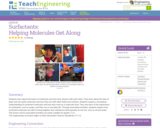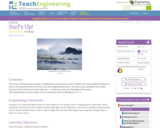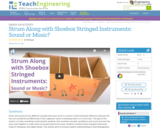
Music and sound are two different concepts that share much in common. Determining the difference between the two can sometimes be difficult due to the subjective nature of deciding what is or is not music. The goal of this activity is to take something constructed by students, that would be normally classified as just sound and have the class work together to make what can be perceived to be music. Students construct basic stringed instruments made of shoeboxes and rubber bands. This activity aims to increase student understanding of what distinguishes music from sound.
- Subject:
- Applied Science
- Engineering
- Material Type:
- Activity/Lab
- Provider:
- TeachEngineering
- Provider Set:
- TeachEngineering
- Author:
- Daniel Choi
- Date Added:
- 10/14/2015

